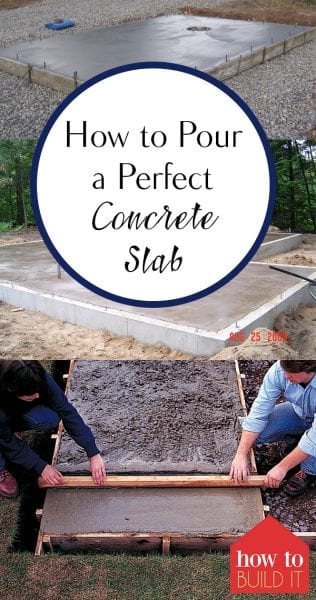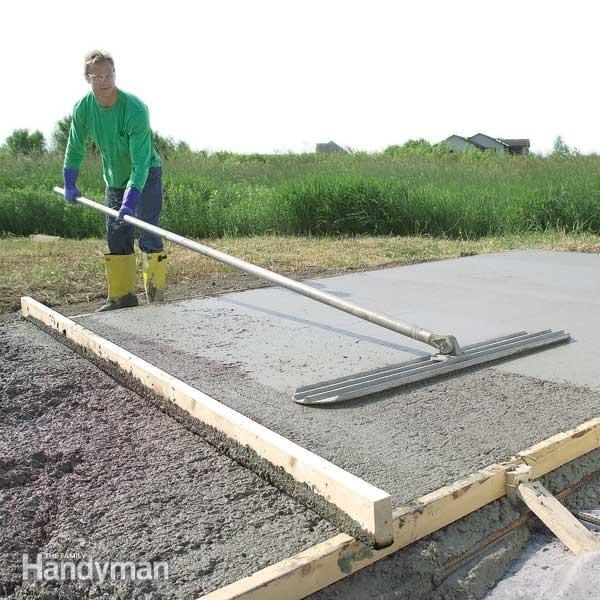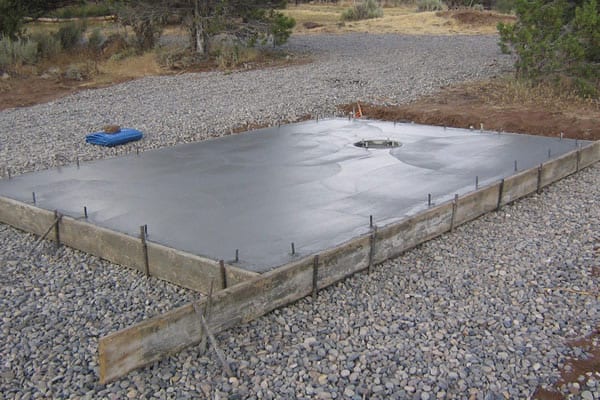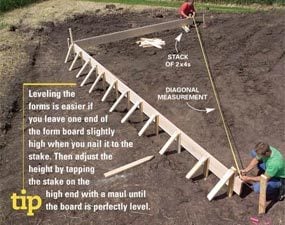

If you are here at How to Build It, then chances are you love a good DIY project! Pouring a concrete slab is a project you can execute yourself, but there’s definitely a few tricks to know to get it right the first time. Today’s post will help you pour a perfect concrete slab. Get ready for all the details!


According to The Family Handyman, the most important step in pouring a perfect concrete slab is to put together a sturdy form. Without a strong, level form for your concrete slab, the job is toast before it’s even started. Bonus tip: if you haven’t worked with concrete before, try completing a smaller job before you try to tackle a large slab.
Assuming that you have already checked with your city to see if a building permit is required, you’re ready to get started. If some excavation is needed to level a spot, you might spend the money to hire an excavator to do that for you. Make sure you’re going to be pouring on top of solid, well-drained soil. If you’ve got clay soil, you should remove enough of a layer to allow for 6-8 inches of compacted gravel to lay underneath the slab. Now you’re ready to build the forms.
Once again, strong and level forms are a necessity. First set and level one side. You’ll need stakes for each corner and 2×12 boards for the sides. Once the first side is set and level, you’ll add the other sides and level them also. Make sure the sides are braced about every two feet against the weight of the concrete.
Once your forms are built, it’s time for fill. See The Family Handyman for more on calculating the amount of fill you’ll need. Spread about three inches at a time within the forms. Use a plate compactor to ensure a solid base for the concrete. A plate compactor can be rented from your local home improvement store.
Rebar adds strength to your slab and will definitely add to its lifespan. Half-inch rebar is recommended, along with tie wires and a tie wire twisting tool to connect them to the rebar. Basically, you will wire the perimeter first, then form a rebar grid within the form. For more on this, click here.
Concrete for a large slab is best delivered pre-mixed from a concrete supplier. Be ready to go when they arrive, with a finished form and tools at hand for pouring, leveling and smoothing the concrete. Pour by sections, and use a screed board to tamp the concrete and level it.




Once your concrete slab is poured, leveled and smoothed out on top, you are ready to let it cure. DIY Network recommends covering the concrete with plastic to protect it from sprinklers and wet weather while it cures. Forms can be removed once it has hardened.




